
Hello, gasoline engines rely on throttle valves to adjust the load, so the load characteristics of gasoline engines are also known as throttle characteristics; diesel engines regulate the load by changing the fuel injection, and the mixture is changed by changing the amount of fuel injection, so the load characteristics of diesel engines are also known as fuel adjustment characteristics.
The load characteristic curve of the engine is measured on the engine test bench.Before measuring, keep the engine coolant temperature and lubricating oil temperature at the best value; adjust the load of the dynamometer and change the circulating oil supply to stabilize the engine speed at a certain constant.
By controlling the load of the dynamometer and the opening of the throttle valve. The experimental principle of engine speed characteristics and load characteristics is to measure the performance parameters of the engine under different working conditions by controlling the load and throttle valve opening of the meter. Including fuel consumption rate, power, torque, emissions, etc.
Because the engine speed is frequently changing, it is necessary to determine the load characteristics of the engine at different speeds in order to comprehensively evaluate the fuel economy of the engine at different speeds and different loads. The reading of engine load characteristics is carried out on the test bench.
Evaluate the power, economy and other performance of the engine under full load.5 Load characteristic test. Evaluate the economy of part of the engine load at the specified speed. 60,000 have characteristic tests. Evaluate the economy of the engine under various working conditions and provide a basis for the selection of engines for automobiles. 7 Diesel engine speed regulation characteristic test.
Engine bench power tester test The test equipment for measuring the output power of the engine on the test bench includes tachometer, water temperature gauge, oil pressure gauge, oil thermometer, meteorological instrument (hygrometer, air pressure gauge, thermometer), timer, fuel measuring instrument, power measuring machine, etc.
It mainly includes five types of engine adjustment characteristics, speed characteristics, speed regulation characteristics and universal characteristics. Load characteristics refer toThe law that the active power and reactive power absorbed by the power load from the power supply of the power system change with the voltage of the load endpoint and the frequency of the system.
Load characteristics refer to the law that the active power and reactive power absorbed by the power load from the power supply of the power system change with the change of the voltage at the load endpoint and the frequency of the system.
Load refers to the ratio of the actual effective power of the engine at a certain speed and the maximum power that the engine can output at that speed.
Engine load characteristics: When the speed of the engine remains unchanged, its performance index is related to the change of load. When measuring the load characteristics, the speed must remain unchanged.

1. Load characteristics refer to the law that the active power and reactive power absorbed by the power load from the power supply of the power system change with the voltage at the load endpoint and the frequency of the system.
2. Because I know the load characteristics of the engine, I know how to apply the engine. For example, using the engine to drag the generator, its working speed is 3000~3150 rm.If this engine is an overcurrent segment in this section, the torque is low and the power is poor, it is not suitable for this kind of matching.
3. Load refers to the ratio of the actual output effective power of the engine at a certain speed to the maximum power that the engine can output at that speed.
4. The load characteristic is the engine performance curve obtained by changing the engine load (i.e. the throttle) when the engine speed remains unchanged. The speed characteristic is the curve of the change of engine performance with the engine speed when the position of the engine trottle remains unchanged.
5. The relationship between the change of engine performance indicators with the adjustment and operation is called engine characteristics. It mainly includes five types of engine adjustment characteristics, speed characteristics, speed regulation characteristics and universal characteristics.
1. The speed characteristic is the curve that the engine performance changes with the engine speed when the engine throttle position remains unchanged. Engine load characteristics: When the speed of the engine remains unchanged, its performance index is related to the change of load. When determining the load characteristics, the speed must remain unchanged.
2. The speed of a gasoline engine is determined by two reasons. One is how much power is generated. The amount of power produced is actually determined by the air intake controlled by the accelerator pedal. Another decisive factor is the load of the engine. The greater the load, the lower the speed of the engine.
3. Different relationship Engine load characteristics: startWhen the rotational speed of the machine remains unchanged, its performance index is related to the change of load, and the rotational speed must remain unchanged when determining the load characteristics.
4. By controlling the load of the dynamometer and the opening of the throttle valve. The experimental principle of engine speed characteristics and load characteristics is to measure the performance parameters of the engine under different working conditions by controlling the load and throttle valve opening of the meter. Including fuel consumption rate, power, torque, emissions, etc.
5. Engine speed characteristics refer to the relationship between the change of effective power Pe, effective torque Te and effective fuel consumption be relative to the engine speed n. If the speed characteristics of the engine are used to explain the concepts of load rate and load, the definition of engine load rate will be clearer. Curve I is the external characteristic, and curve II and III are partial velocity characteristics.
Arena plus APK-APP, download it now, new users will receive a novice gift pack.
Hello, gasoline engines rely on throttle valves to adjust the load, so the load characteristics of gasoline engines are also known as throttle characteristics; diesel engines regulate the load by changing the fuel injection, and the mixture is changed by changing the amount of fuel injection, so the load characteristics of diesel engines are also known as fuel adjustment characteristics.
The load characteristic curve of the engine is measured on the engine test bench.Before measuring, keep the engine coolant temperature and lubricating oil temperature at the best value; adjust the load of the dynamometer and change the circulating oil supply to stabilize the engine speed at a certain constant.
By controlling the load of the dynamometer and the opening of the throttle valve. The experimental principle of engine speed characteristics and load characteristics is to measure the performance parameters of the engine under different working conditions by controlling the load and throttle valve opening of the meter. Including fuel consumption rate, power, torque, emissions, etc.
Because the engine speed is frequently changing, it is necessary to determine the load characteristics of the engine at different speeds in order to comprehensively evaluate the fuel economy of the engine at different speeds and different loads. The reading of engine load characteristics is carried out on the test bench.
Evaluate the power, economy and other performance of the engine under full load.5 Load characteristic test. Evaluate the economy of part of the engine load at the specified speed. 60,000 have characteristic tests. Evaluate the economy of the engine under various working conditions and provide a basis for the selection of engines for automobiles. 7 Diesel engine speed regulation characteristic test.
Engine bench power tester test The test equipment for measuring the output power of the engine on the test bench includes tachometer, water temperature gauge, oil pressure gauge, oil thermometer, meteorological instrument (hygrometer, air pressure gauge, thermometer), timer, fuel measuring instrument, power measuring machine, etc.
It mainly includes five types of engine adjustment characteristics, speed characteristics, speed regulation characteristics and universal characteristics. Load characteristics refer toThe law that the active power and reactive power absorbed by the power load from the power supply of the power system change with the voltage of the load endpoint and the frequency of the system.
Load characteristics refer to the law that the active power and reactive power absorbed by the power load from the power supply of the power system change with the change of the voltage at the load endpoint and the frequency of the system.
Load refers to the ratio of the actual effective power of the engine at a certain speed and the maximum power that the engine can output at that speed.
Engine load characteristics: When the speed of the engine remains unchanged, its performance index is related to the change of load. When measuring the load characteristics, the speed must remain unchanged.

1. Load characteristics refer to the law that the active power and reactive power absorbed by the power load from the power supply of the power system change with the voltage at the load endpoint and the frequency of the system.
2. Because I know the load characteristics of the engine, I know how to apply the engine. For example, using the engine to drag the generator, its working speed is 3000~3150 rm.If this engine is an overcurrent segment in this section, the torque is low and the power is poor, it is not suitable for this kind of matching.
3. Load refers to the ratio of the actual output effective power of the engine at a certain speed to the maximum power that the engine can output at that speed.
4. The load characteristic is the engine performance curve obtained by changing the engine load (i.e. the throttle) when the engine speed remains unchanged. The speed characteristic is the curve of the change of engine performance with the engine speed when the position of the engine trottle remains unchanged.
5. The relationship between the change of engine performance indicators with the adjustment and operation is called engine characteristics. It mainly includes five types of engine adjustment characteristics, speed characteristics, speed regulation characteristics and universal characteristics.
1. The speed characteristic is the curve that the engine performance changes with the engine speed when the engine throttle position remains unchanged. Engine load characteristics: When the speed of the engine remains unchanged, its performance index is related to the change of load. When determining the load characteristics, the speed must remain unchanged.
2. The speed of a gasoline engine is determined by two reasons. One is how much power is generated. The amount of power produced is actually determined by the air intake controlled by the accelerator pedal. Another decisive factor is the load of the engine. The greater the load, the lower the speed of the engine.
3. Different relationship Engine load characteristics: startWhen the rotational speed of the machine remains unchanged, its performance index is related to the change of load, and the rotational speed must remain unchanged when determining the load characteristics.
4. By controlling the load of the dynamometer and the opening of the throttle valve. The experimental principle of engine speed characteristics and load characteristics is to measure the performance parameters of the engine under different working conditions by controlling the load and throttle valve opening of the meter. Including fuel consumption rate, power, torque, emissions, etc.
5. Engine speed characteristics refer to the relationship between the change of effective power Pe, effective torque Te and effective fuel consumption be relative to the engine speed n. If the speed characteristics of the engine are used to explain the concepts of load rate and load, the definition of engine load rate will be clearer. Curve I is the external characteristic, and curve II and III are partial velocity characteristics.
App to watch Champions League live free
author: 2025-02-12 06:53Free sports events uefa champions league app android
author: 2025-02-12 06:21Hearthstone Arena class tier list 2024
author: 2025-02-12 06:15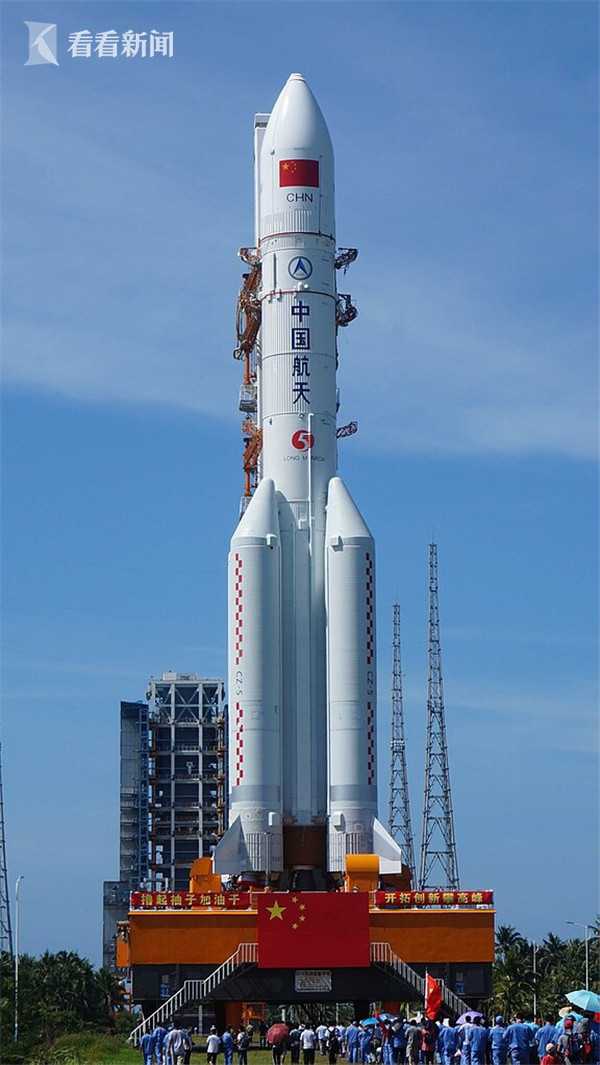 Casino Plus
Casino Plus
677.14MB
Check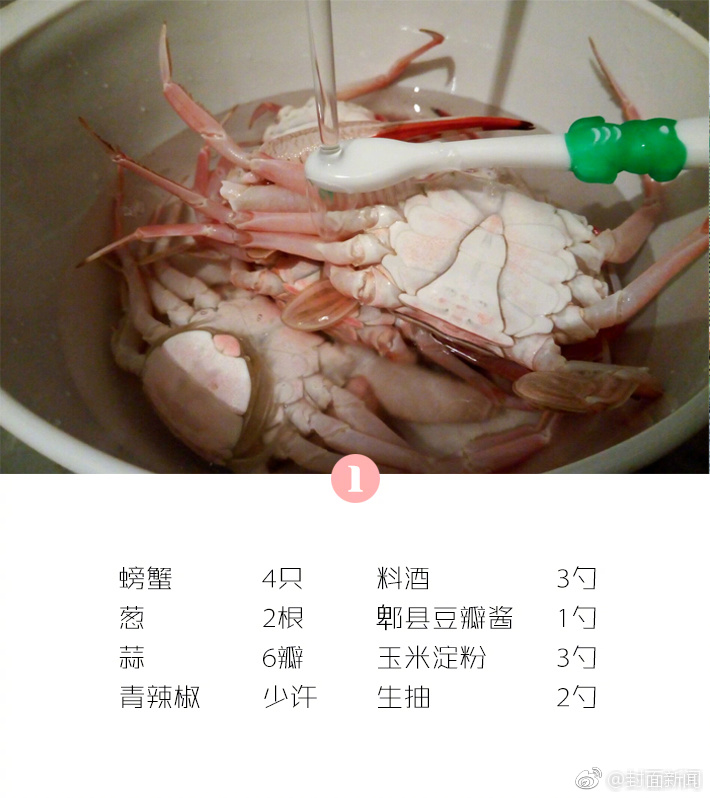 UEFA TV
UEFA TV
955.27MB
Check casino plus free 100
casino plus free 100
786.66MB
Check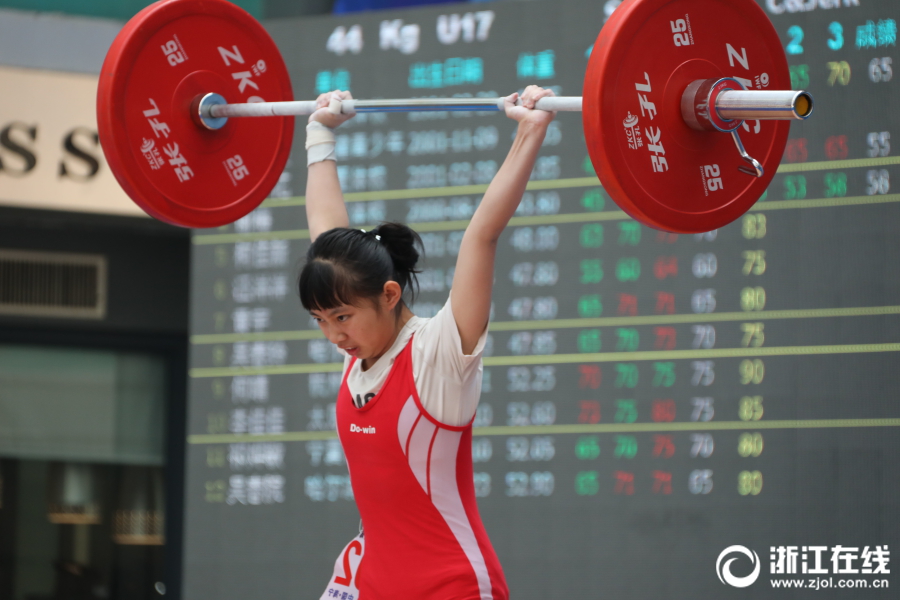 Bingo Plus stock
Bingo Plus stock
981.34MB
Check Hearthstone Arena Tier List
Hearthstone Arena Tier List
482.66MB
Check Casino Plus app
Casino Plus app
241.36MB
Check Casino free 100 no deposit
Casino free 100 no deposit
456.25MB
Check Arena Plus login
Arena Plus login
591.51MB
Check PAGCOR online casino free 100
PAGCOR online casino free 100
728.54MB
Check Europa League app
Europa League app
288.27MB
Check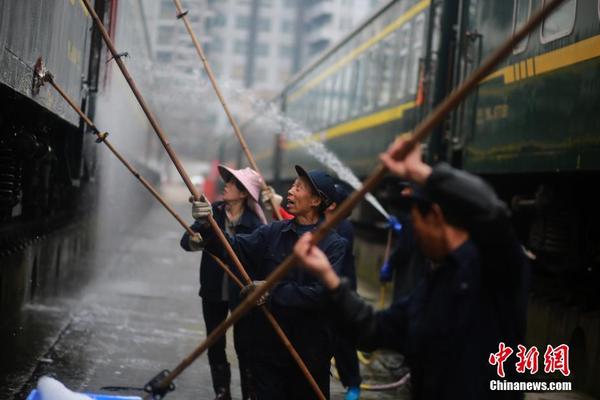 Hearthstone Arena Tier List
Hearthstone Arena Tier List
841.76MB
Check Casino free 100 no deposit
Casino free 100 no deposit
684.54MB
Check Casino Plus app
Casino Plus app
317.88MB
Check UEFA TV
UEFA TV
385.16MB
Check UEFA Champions League standings
UEFA Champions League standings
297.58MB
Check Casino Plus app
Casino Plus app
976.89MB
Check DigiPlus Philippine
DigiPlus Philippine
187.43MB
Check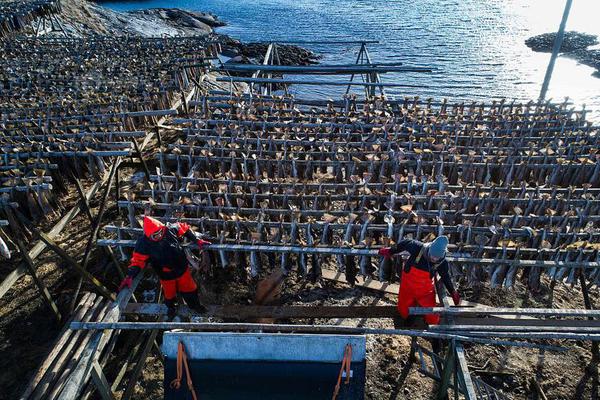 Hearthstone arena class win rates reddit
Hearthstone arena class win rates reddit
477.47MB
Check Arena plus APK
Arena plus APK
258.23MB
Check Casino Plus login register
Casino Plus login register
285.73MB
Check casino plus free 100
casino plus free 100
237.24MB
Check UEFA European championship
UEFA European championship
344.42MB
Check DigiPlus Philippine
DigiPlus Philippine
237.54MB
Check European Cup live
European Cup live
376.27MB
Check Casino Plus free 100
Casino Plus free 100
118.56MB
Check UEFA Champions League
UEFA Champions League
916.66MB
Check UEFA Champions League standings
UEFA Champions League standings
119.14MB
Check Casino Plus app
Casino Plus app
733.99MB
Check bingo plus update today
bingo plus update today
363.31MB
Check LR stock price Philippines
LR stock price Philippines
625.22MB
Check Casino Plus free 100
Casino Plus free 100
228.11MB
Check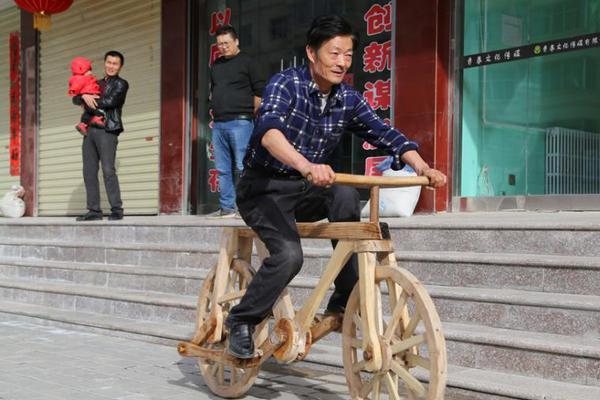 DigiPlus stock
DigiPlus stock
283.35MB
Check Champions League
Champions League
793.61MB
Check Casino Plus free 100
Casino Plus free 100
957.26MB
Check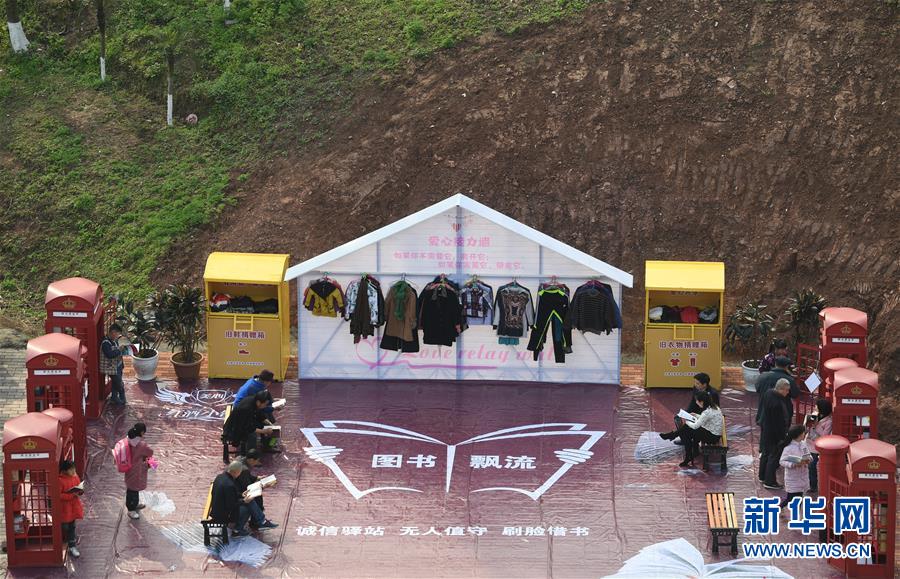 DigiPlus Philippine
DigiPlus Philippine
644.47MB
Check Hearthstone Arena win rate
Hearthstone Arena win rate
136.86MB
Check
Scan to install
Arena plus APK to discover more
Netizen comments More
281 bingo plus update today Philippines
2025-02-12 08:15 recommend
905 Hearthstone arena deck Builder
2025-02-12 07:40 recommend
1976 Casino Plus free 100
2025-02-12 07:28 recommend
1283 UEFA Champions League live streaming free
2025-02-12 07:27 recommend
2156 Hearthstone deck
2025-02-12 07:13 recommend